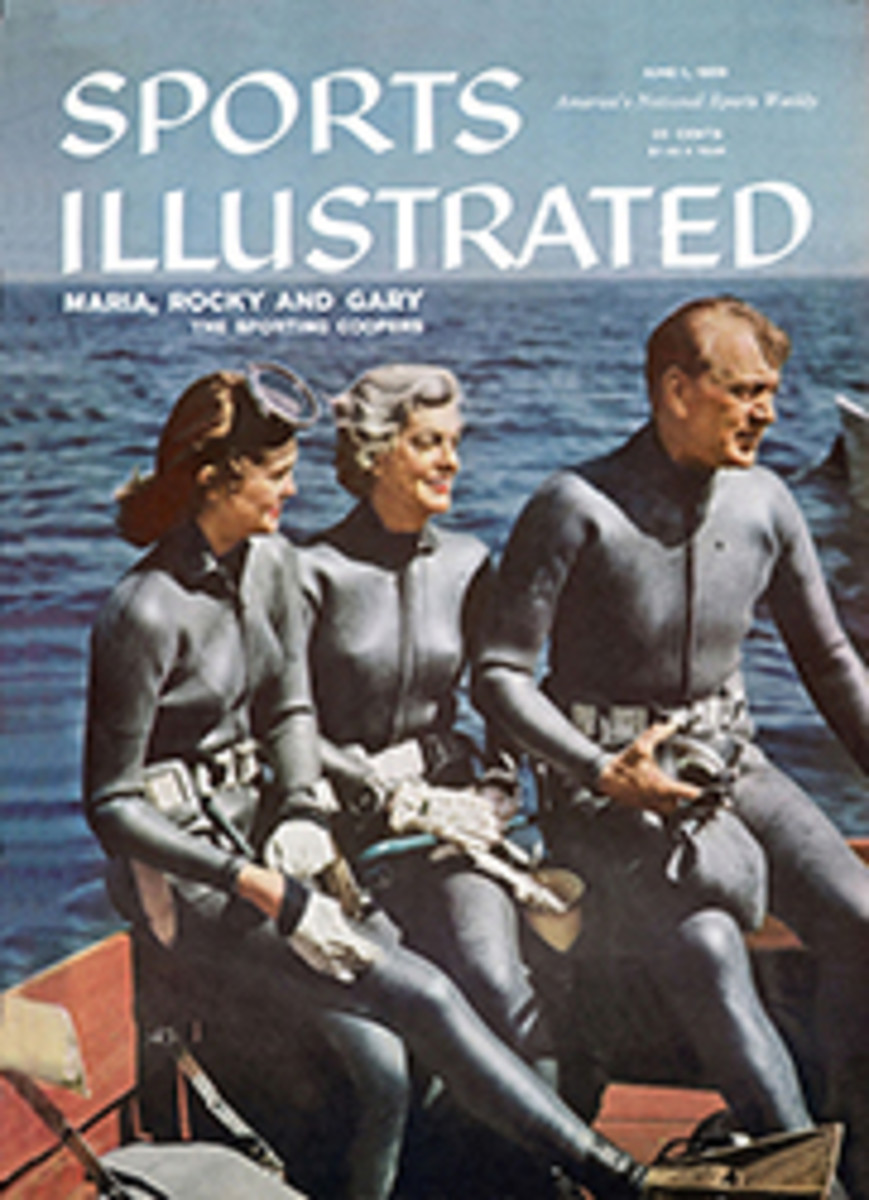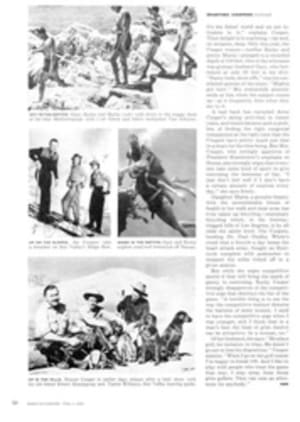
MEMO from the publisher
Two spirited controversies have lent a pungent bonus to SPORTS ILLUSTRATED'S coverage this year of one of the finest of track seasons. First: when Avery Brundage gave his peppered opinion that the U.S. is now a second-class track power, he got a less than bland rebuttal from Villa-nova's Jumbo Jim Elliott (SI, Feb. 2). Opposing ranks lined up quickly in the 19TH HOLE, while Dave Sime, whose flashing feet make a special point of their own in this discussion, minced no words in making some others (SI, Feb. 16).
We can relax and enjoy the second debate, because no matter which side loses, the U.S. wins. It started when Tex Maule hinted (SI, May 4) that the balance of track power has shifted from the West Coast. Two weeks later he spelled out his reasons. With the intimation that the Golden State was no longer anchor man, transcontinental cries of anguish from readers reverberated in our New York offices. They suggested that SPORTS ILLUSTRATED could not see from Rockefeller Center to the far side of the Rockies. Amid the din one writer alluded darkly to more than mere coincidence between Tex's name and where he placed "the core of U.S. strength." No loyal Californian failed to bet his fur-lined sweat shirt that his state will have more men than any other on the team that meets the Russians in July. "If," SPORTS ILLUSTRATED noted in the face of the onslaught, "the heart of U.S. track has moved east, the voice remains in California."
Fortunately, the rest of the season will settle these matters on cinders instead of paper; and I thought this a good time to mention how.
In the June 15 issue Maule will report on the big invitational meets in California and, by no coincidence, in Texas, and preview the NCAA championships in Lincoln, Neb. Next, the AAU championships at Boulder, Colo. will determine the team for the U.S.A.-U.S.S.R. meet and should, for a while at least, resolve any remaining differences between California and Tex.
July's meet with the Russians in Philadelphia and August's Pan American Games in Chicago bring 1959 track to its climactic end—and promise good fuel for Mr. Brundage or anyone else to resume a first-class argument about who's a second-class power.
However it goes, SPORTS ILLUSTRATED will cover both arguments and events—not only for Californians and Texans, but for people around the world. For next year is an Olympic year and, even now, all tracks lead to Rome.
PHOTO
THE STADIO OLYMPICO IN ROME, WHERE ALL TRACKS LEAD IN 1960

